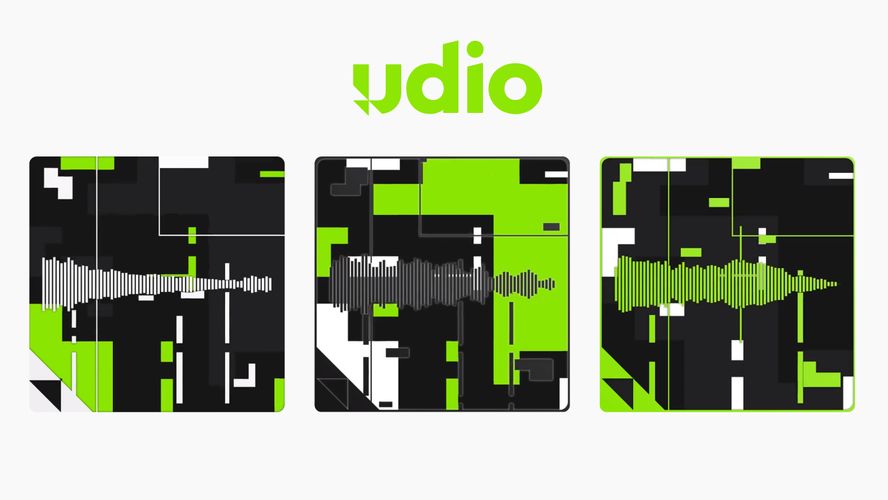AI Song Generator
An AI Song Generator is a cutting-edge tool that utilizes artificial intelligence to create music, including melodies, chords, and lyrics. Suitable for both amateurs and professionals, it simplifies the music creation process by learning from vast datasets of music to produce compositions based on user-specified styles, moods, and instruments. This tool not only accelerates musical production but also opens up endless creative possibilities.
You can generate0times

AI Song Generator key components and functionalities often
Melody Creation: AI can generate melodic sequences based on given inputs, which could include a starting note, a musical scale, or a genre. It analyzes patterns from a large dataset of music to create melodies that are harmonically and rhythmically coherent.
Lyric Generation: By training on vast datasets of song lyrics, AI models can produce text that matches specific themes, tones, or rhyming structures. This process often utilizes models similar to those used for generating human-like text in other contexts.
Harmony and Chord Progressions: AI can suggest or generate chord progressions that complement the created melodies. This involves understanding music theory rules and applying them to create pleasing and contextually appropriate harmonies.
Style Mimicry: These generators can often mimic the styles of particular artists or genres, from classical to pop and beyond. This is done by training the AI on specific subsets of music that exemplify these styles.
Full Song Composition: More advanced AI song generators can integrate melody, harmony, structure, and lyrics into complete songs. They can manage aspects like song structure—verse, chorus, bridge—and dynamics.
Customization and Interaction: Many AI song generators allow users to input specific parameters (e.g., mood, tempo, instruments) to guide the AI in generating music that meets their needs.
How does AI Song Generator work?
Data Collection and Preprocessing: AI models for song generation are trained on large datasets that include thousands of songs, lyrics, melodies, chord progressions, and other musical elements. The data must first be processed into a format that the AI can understand. This often involves: - Tokenization of Lyrics: Breaking down text into manageable pieces, such as words or phrases. - Encoding of Melodies and Harmonies: Representing music notes and chords in a numerical format that the model can process, often using MIDI (Musical Instrument Digital Interface) data or other musical notation systems.
Model Training: Different AI models can be trained for generating lyrics, melodies, or full compositions. The training process involves: - Deep Learning Networks: Models like Recurrent Neural Networks (RNNs), Long Short-Term Memory networks (LSTMs), and Transformers are popular because they can process sequences of data (like notes in a melody or words in lyrics) and predict the next item in the sequence. - Reinforcement Learning: Some models might use reinforcement learning to refine music generation by rewarding sequences that are more harmonically pleasing or lyrically coherent.
Generation Phase: Once trained, the AI can generate music based on input parameters such as mood, genre, or a starting melody. Here's how different elements are generated: - Melody Generation: The AI predicts sequences of notes based on the chosen scale, rhythm, and style. This might be done incrementally, one note at a time, based on the previous notes. - Chord Progression: The AI uses music theory rules encoded during training to produce chords that harmonize with the generated melody. - Lyric Writing: For lyrics, the AI uses models trained on text data to generate lines that rhyme or fit the rhythm of the melody. Advanced models can even align the lyrical content thematically with the music. - Style Imitation: By adjusting the weights in the model or selecting specific training subsets, the generator can mimic the style of particular artists or genres.
Post-Processing:The raw output from the AI might require tuning or manual adjustments to ensure the final song is polished and coherent. This can involve: - Editing Lyrics: Refining grammar, rhymes, or aligning thematic elements. - Structural Adjustments: Arranging the generated components into a traditional song structure (verses, choruses, bridges). - Instrumentation and Production: Adding instrumental tracks, effects, and mastering the track for a finished sound.
User Interaction:Modern AI song generators often include interactive elements where users can: – Provide feedback to improve subsequent generations. - Fine-tune parameters like tempo, instrumentals, and more. - Use interfaces that visually map out song structures and allow detailed editing.
